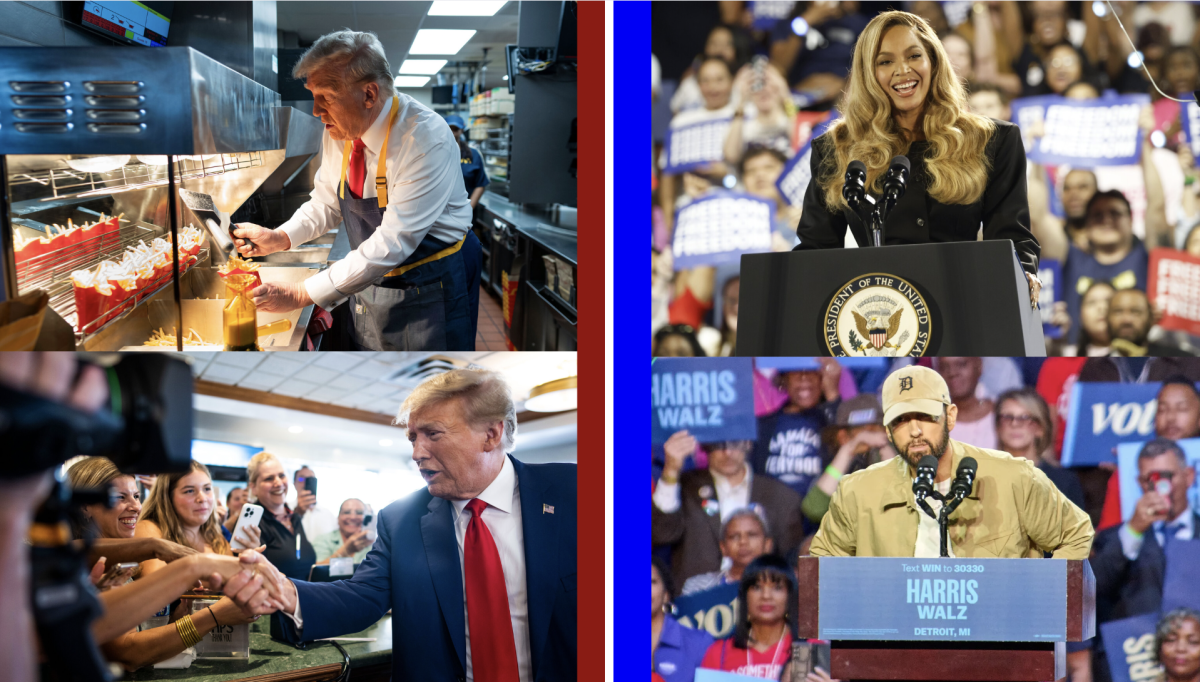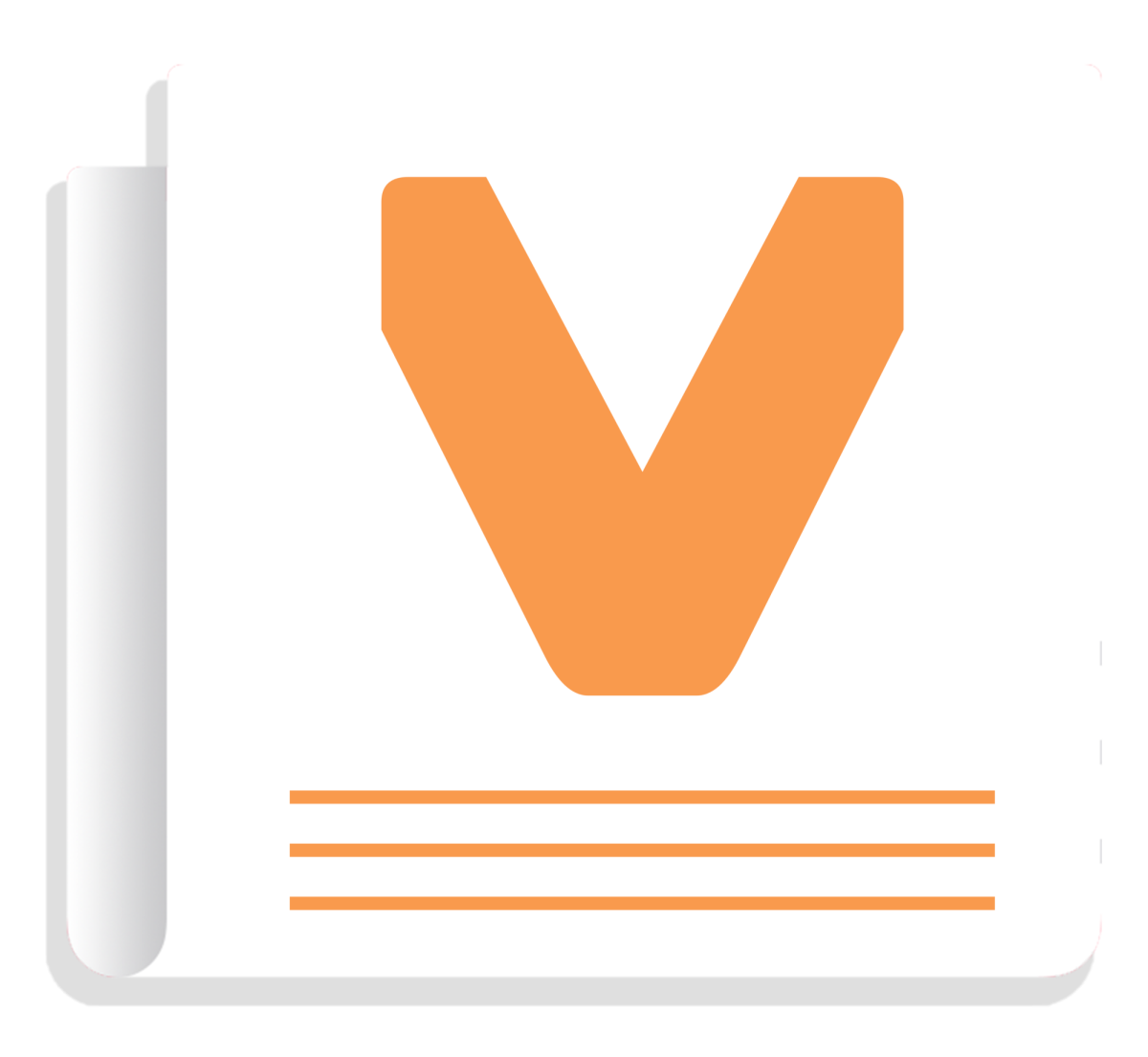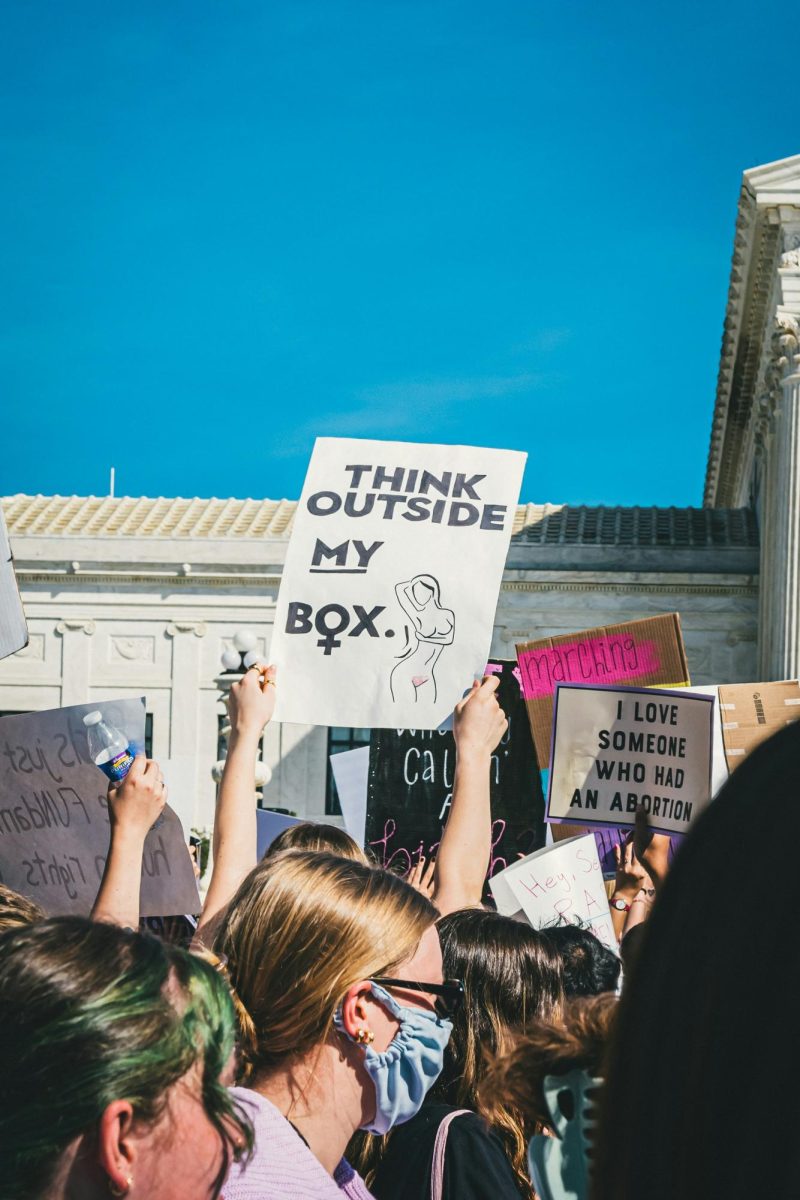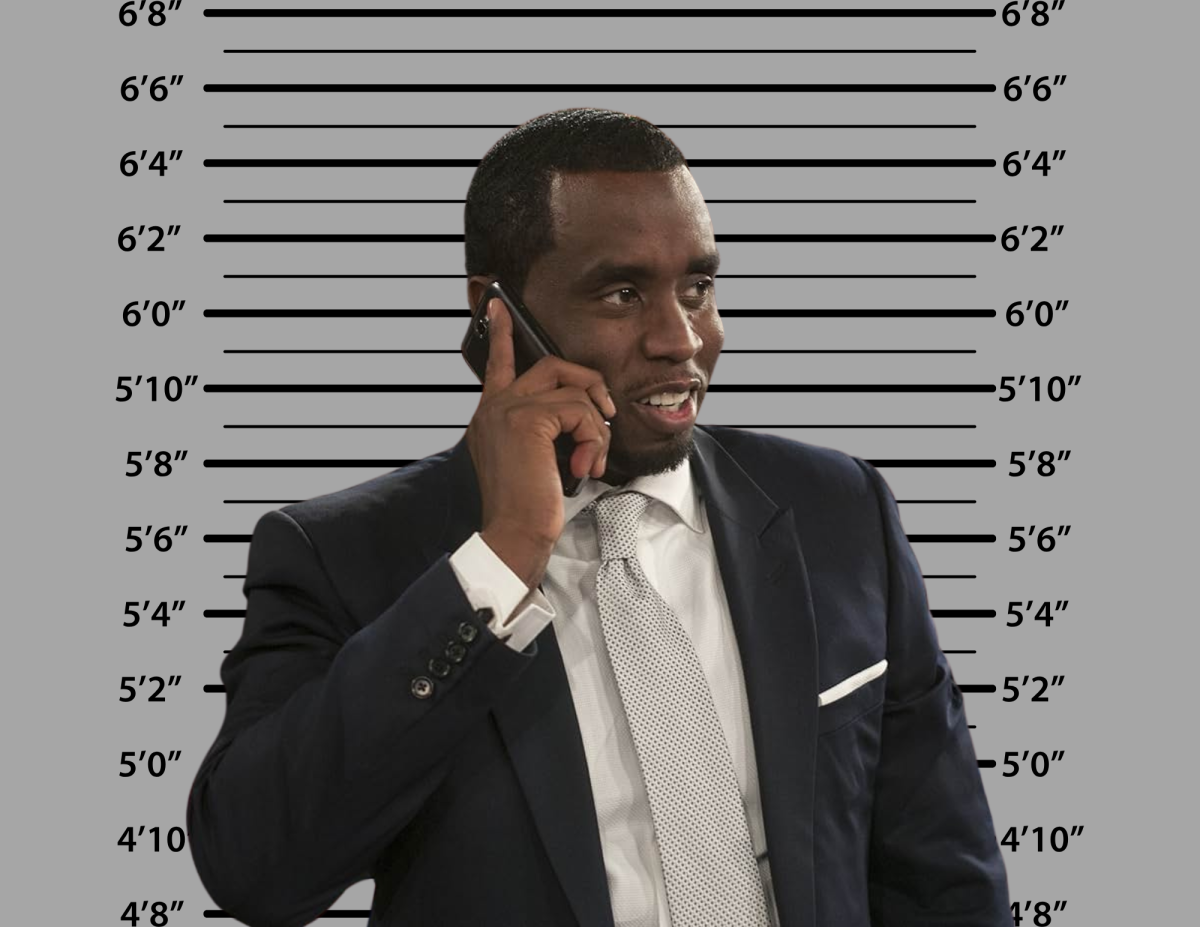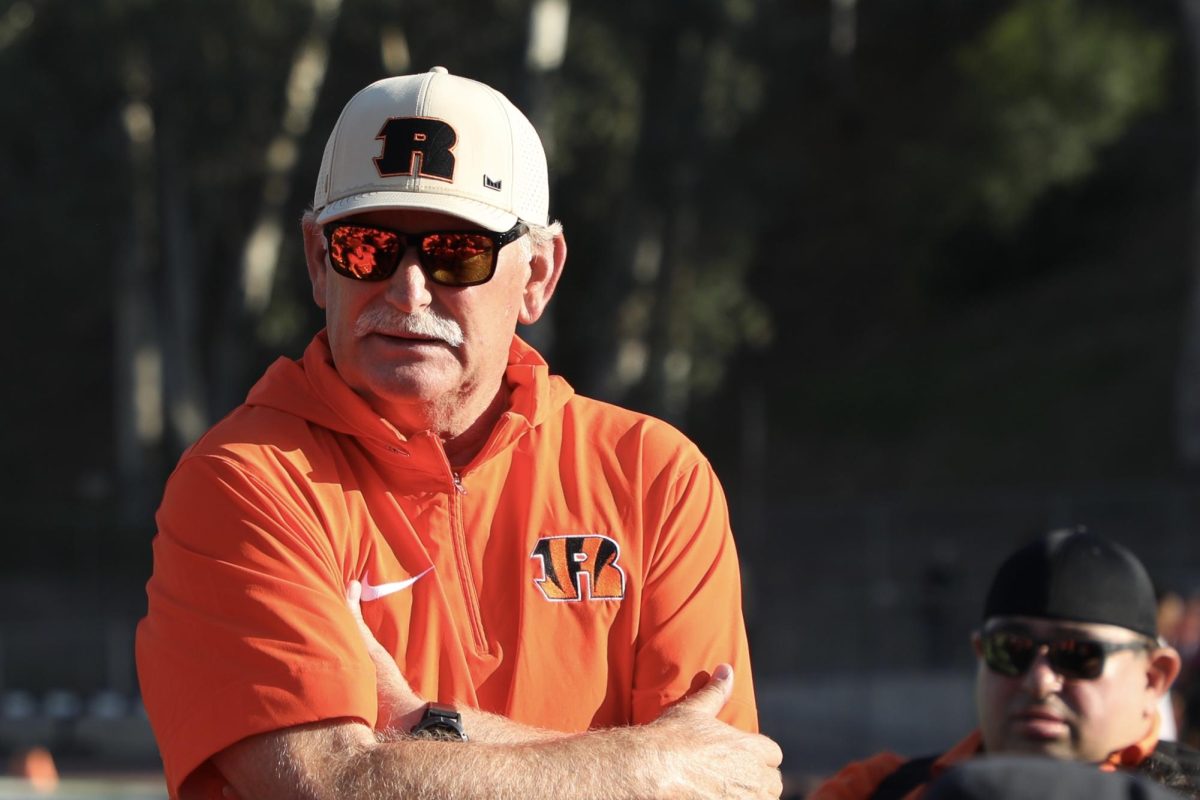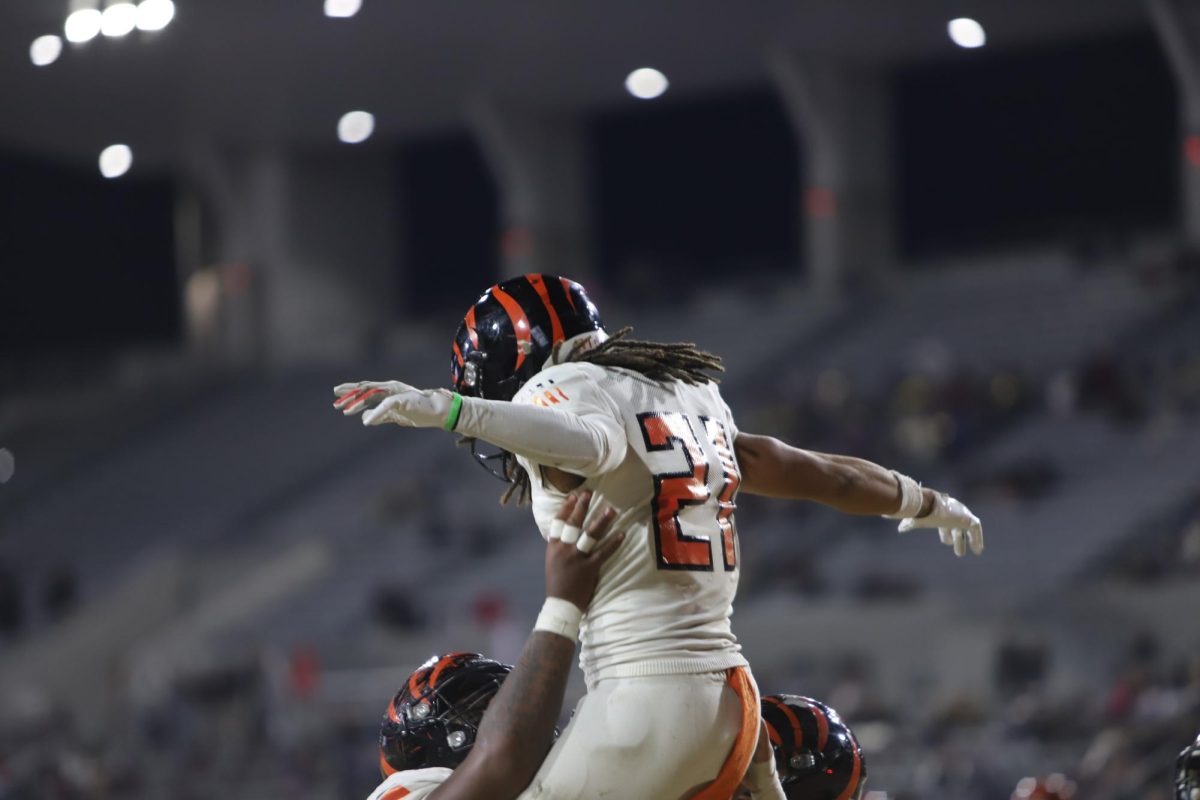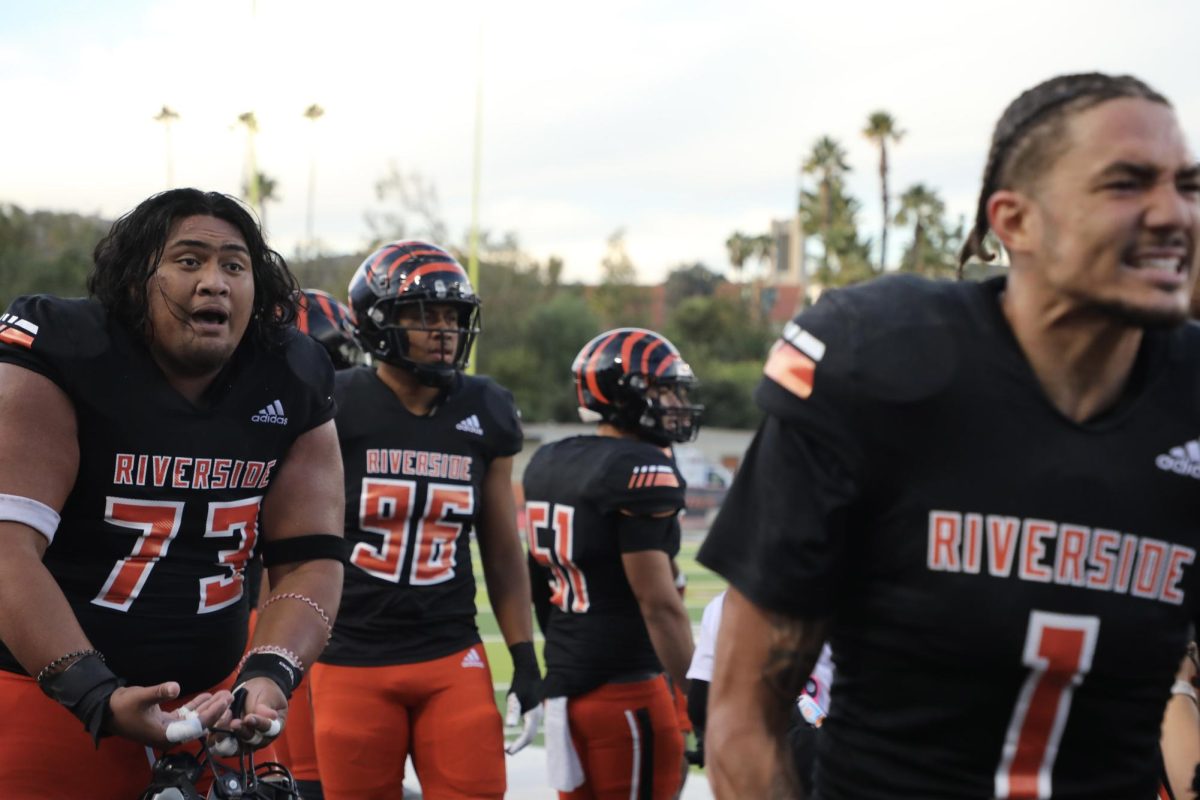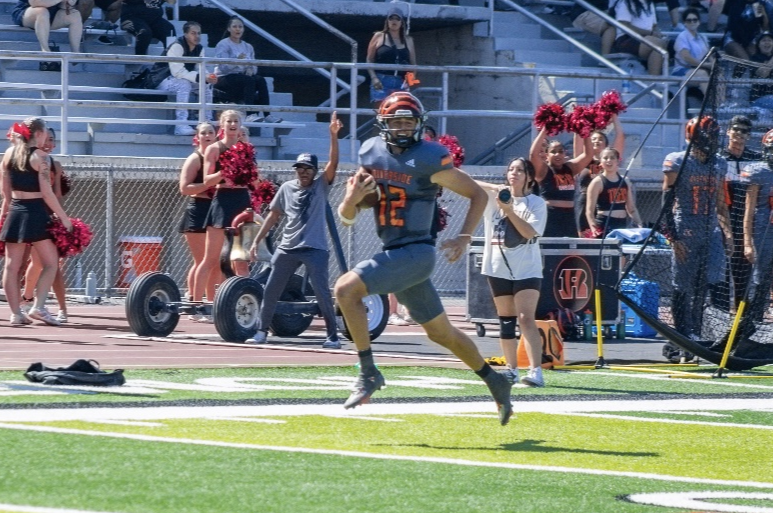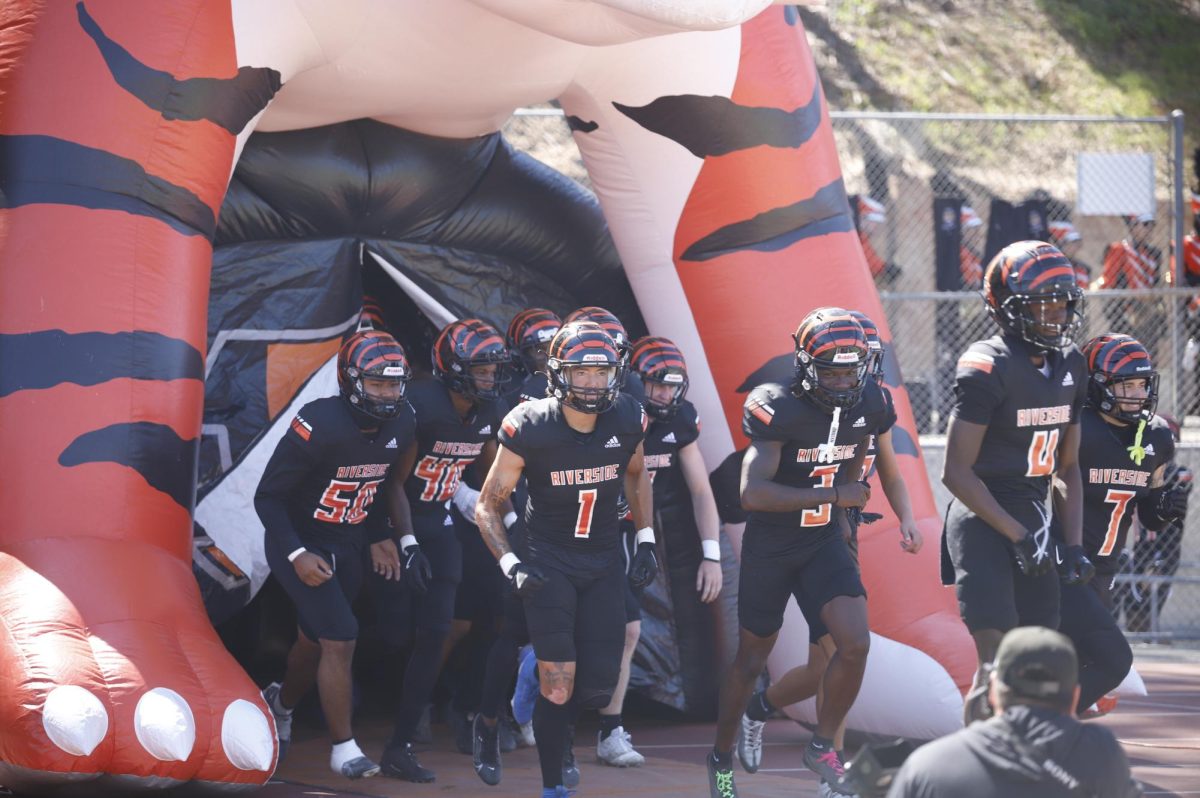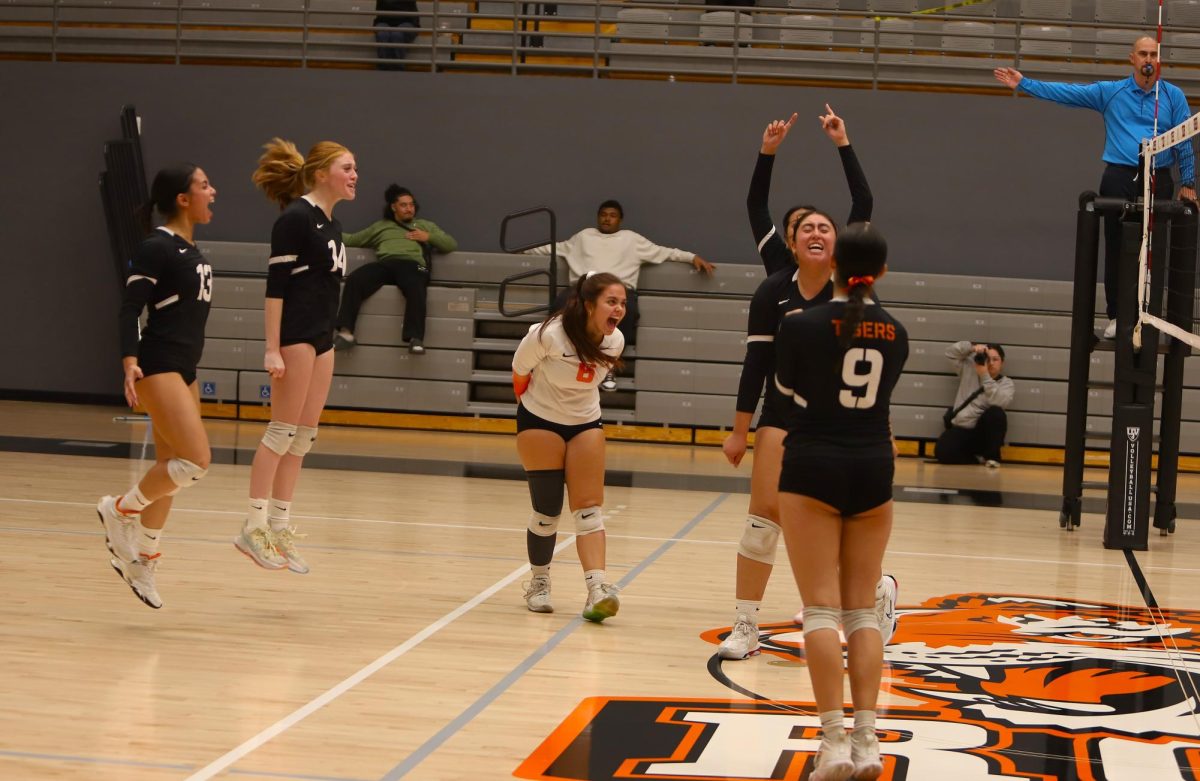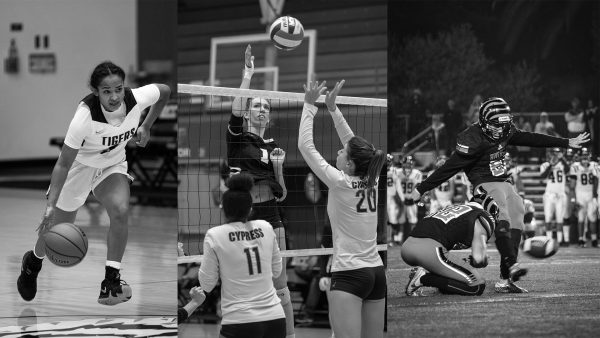
By Mya Castro
Playing at a Division I university is perceived as being the only way to succeed at the next level in athletics and anything less is not worth it.
The opposite is true.
It’s a dream for high school athletes to earn a full ride scholarship to a Division I university and play the sport they love. I know it was mine for a while. Still, some athletes don’t have that privilege and feel their only option is to play at a community college. It leaves them feeling defeated but it’s also important to remember that playing sports at a community college does not make you less of an athlete.
According to The National Collegiate Athletic Association website, 8 million students in the United States play high school sports and just 7.2% of those athletes continue to play in the NCAA straight out of high school. With that being said, it’s difficult for athletes to earn spots on a roster at a top division school.
Community college, on the other hand, allows students to continue playing at the next level without having to partake in the rat race that is Division I recruiting.
Although, only a fraction receive full-ride scholarships.
Attending a community college after graduating high school is taboo to student athletes because it’s ingrained into their heads that a four year university is the best way to pursue their education after graduating.
Still, playing sports at a community college gives student athletes time to adjust to a new environment and perfect their skill.
Full disclosure: I’m a student athlete.
I’ve noticed a significant difference in my academic and athletic performances since I started at Riverside City College. Last year was the first time I had ever received a 4.0 grade point average and noticed that my athletic skills improved tremendously since high school. I have become faster and smarter as my season continues.
Community college allows student athletes to mature and adjust to the next level mentality.
Take a look at Jesse Chavez, pitcher for the Atlanta Braves. Although Chavez was drafted out of high school in the 39th round to the Chicago Cubs, he felt he was not ready to go pro. Chavez enrolled and attended RCC instead for two years. Chavez completed one year at RCC before being drafted in the 42nd round. He turned out to be a draft-and-follow, a player who is selected in the later rounds but is not offered a contract right away giving the team time to decide whether or not they want that player. Chavez decided to continue playing at RCC for his second year and was then traded to the Pittsburgh Pirates where he made his MLB debut. Today, Chavez is a 2021 world series champion with the Atlanta Braves.
Community colleges have many players who come to them as non-qualifiers. They don’t meet the academic qualifications to play for the NCAA. Still, their talent makes the community college programs as competitive as their Division I counterparts.
Through their programs and hard work, community colleges have cemented their role as a stepping stone that can lead to similar, if not, better success than entering straight into a Division I university.

